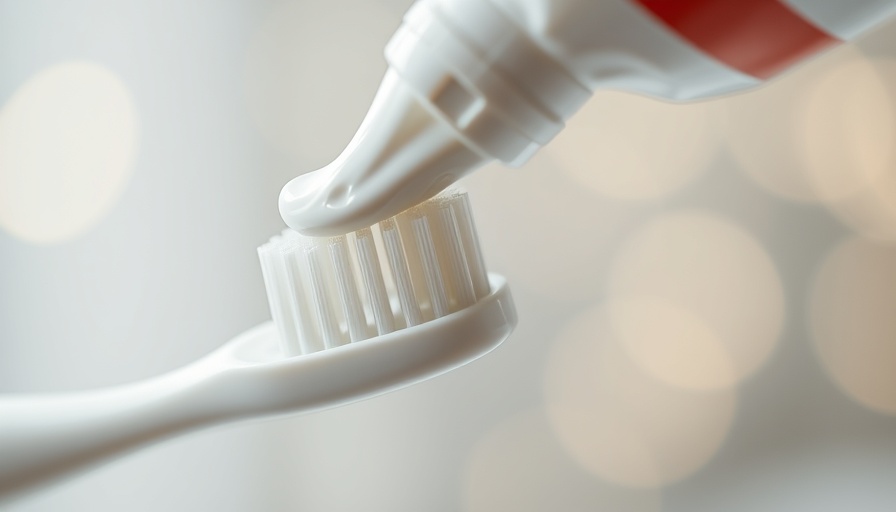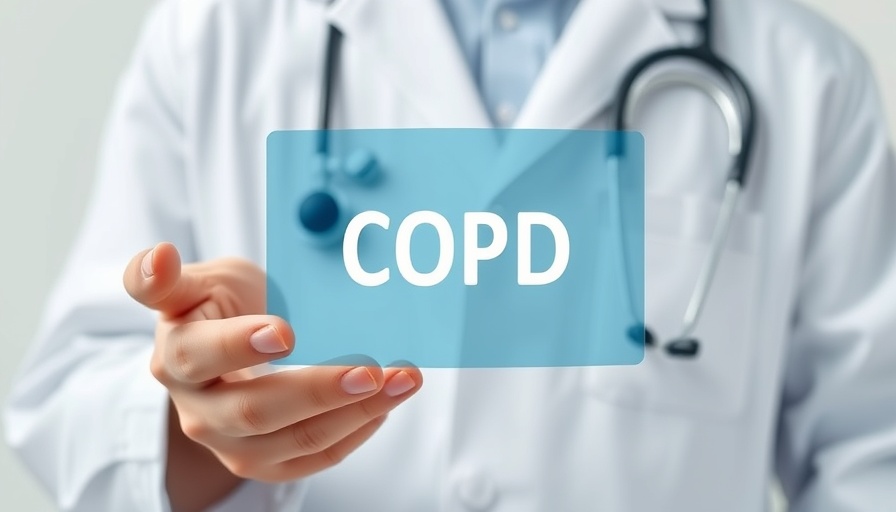
The Surprising Truth About Tennis Elbow
Tennis elbow, or lateral epicondylitis, is often thought of as a mere sports-related injury, yet it can affect anyone engaged in repetitive arm activities, from office workers to avid gardeners. The irritation of the tendons connecting the forearm muscles to the elbow creates debilitating pain that limits daily functions. Understanding this common condition and its causes lays the groundwork for prevention and recovery.
Identifying Your Risk for Tennis Elbow
Recognizing the early signs of tennis elbow can help mitigate its progression. Symptoms may begin subtly with stiffness or a mild ache, evolving into more pronounced pain affecting gripping, lifting, or twisting motions. Key indicators include:
- Pain During Movement: Experiencing discomfort when lifting, gripping objects, or performing tasks with your arm? This is often the first sign of strain on the tendons.
- Stiffness and Weakness: Difficulty in shaking hands or fully extending your arm can indicate trouble.
- Radiating Pain: Pain that extends from the elbow to the forearm or wrist can signal that intervention is needed.
Proven Strategies for Prevention
Preventing tennis elbow requires a combination of correct techniques and routines that relieve strain on your elbows. Here are essential strategies to incorporate into your lifestyle:
- Mind Your Grip: Utilizing excessive grip strength can overexert your tendons. Use a relaxed grip while performing activities, whether it’s wielding a tennis racket or using a mouse.
- Warm-Up and Strengthen: Engaging in warm-up exercises before vigorous activities prepares your muscles. Regular wrist flexion and extension exercises bolster your forearm strength.
- Use Proper Technique: Ensure your form is correct in all physical activities. If in doubt, a session with a coach can provide insights tailored to your activities.
- Take Frequent Breaks: If you notice signs of discomfort, take breaks to allow your arm to rest. Consistently ignoring pain can extend recovery time significantly.
- Modify Your Tools: If using specialized equipment, such as tennis rackets or tools, opt for those that reduce strain. A professional consultation can optimize your equipment for comfort and performance.
Beyond Prevention: What To Do If You are Injured
If you find yourself already dealing with tennis elbow, early intervention can expedite recovery. Here are some actionable tips:
- Rest and Ice: Allow your elbow time to heal by limiting activities that exacerbate the pain. Applying ice can alleviate swelling and discomfort.
- Consult a Specialist: Speak with a healthcare provider for a tailored treatment plan, especially if nonsurgical options do not ease the pain.
- Explore Pain Management Options: Many effective treatments exist, including physical therapy, ice application, or even surgical options in severe cases.
Conclusion: Empower Yourself Against Tennis Elbow
Prominent knowledge of the causes and preventative measures of tennis elbow can protect you from unnecessary discomfort and downtime. Engaging in proper techniques, listening to your body, and making informed decisions about your activities and equipment can dramatically decrease your risk of injury. Don’t wait for pain to guide your actions—take a proactive approach today!
 Add Row
Add Row  Add
Add 




Write A Comment